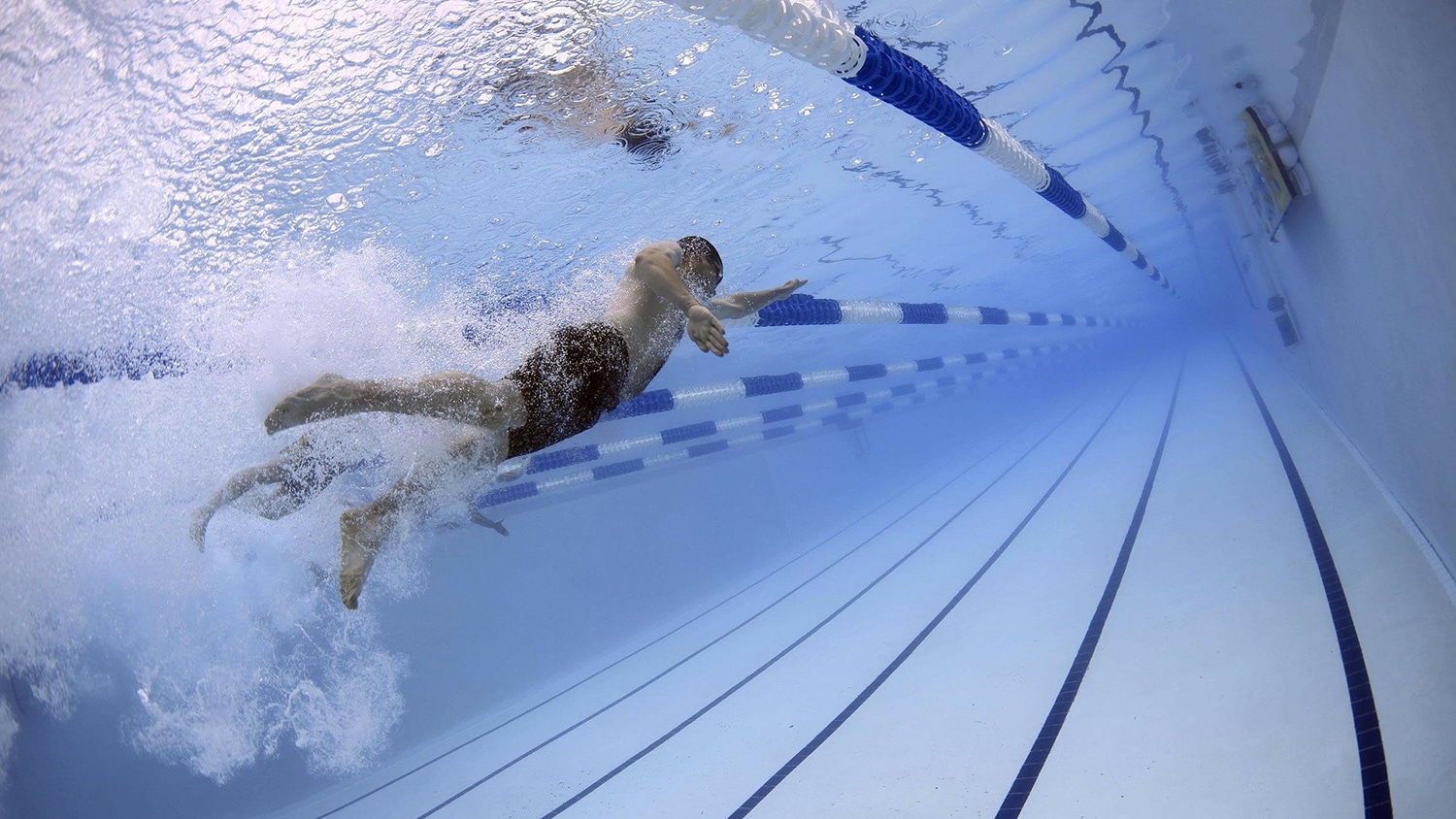Quiz: Test Your Summer Olympics Science Knowledge

After a yearlong delay, the Tokyo 2020 Olympics start July 23, bringing together top athletes from around the world to compete in everything from swimming, track and field, and gymnastics to surfing, karate and sport climbing.
There’s a lot of science behind these sports and other Olympic events. Take our quiz to test your Summer Olympics science knowledge.
How is the Olympic torch lit prior to the months-long torch relay that precedes each Games?
In a nod to the Olympic Games’ ancient origins, the torch that eventually lights the Olympic flame is ignited by the sun, using a mirror that concentrates intense heat on the torch to produce fire. For this year’s Tokyo Olympics, the torch relay lasted 121 days, and the flame stayed continuously lit throughout.
An Olympic gold medal is made primarily of gold.
The International Olympic Committee specifies that gold medals must be made of at least 92.5% silver and plated with at least 6 grams of gold. Solid gold medals were last awarded at the 1912 Olympics. This year’s medals are the first that are being made with metals from recycled cell phones and other electronics.
Which Summer Olympics host city recorded the highest average daily high temperature during its Games?
According to Reuters, the average daily maximum temperature in Los Angeles during the 1984 games was 32.1 degrees Celsius, or about 90 degrees Fahrenheit. Athens was close behind with an average of 31.5 degrees Celsius (88.7 degrees Fahrenheit).
What physics principle, referring to forces that slow them down in the water, is something top swimmers work to reduce?
As physics alumnus Rhett Allain describes for Wired, as swimmers push through the water, the water pushes back, exerting drag force. To reduce drag and move faster through the water, swimmers streamline their clothing, body movements and even body hair.
A 2020 study found that what biological factor can affect athletes’ performance?
The study, published in Nature, found that the time of day events are held can affect athletes’ performance because of the effect on the body’s circadian system, which regulates physiological, psychological and molecular mechanisms. The data, from swimmers who competed over the course of four Olympics, showed that late afternoon was the best time for peak performance.
What’s the optimal release angle range when throwing a javelin?
For most objects, 45 degrees is the optimal release angle to maximize flight distance, but a javelin’s optimal angle is slightly flatter because of its aerodynamics. The optimal angle can vary slightly from person to person, based on the thrower’s body position and the release speed. (Learn more about javelin technique.)
Share your Results:


